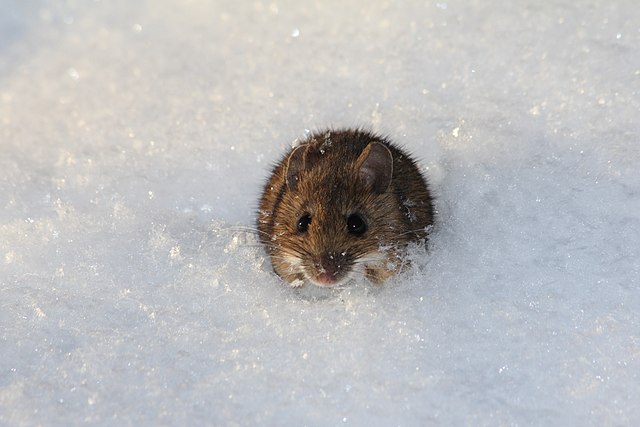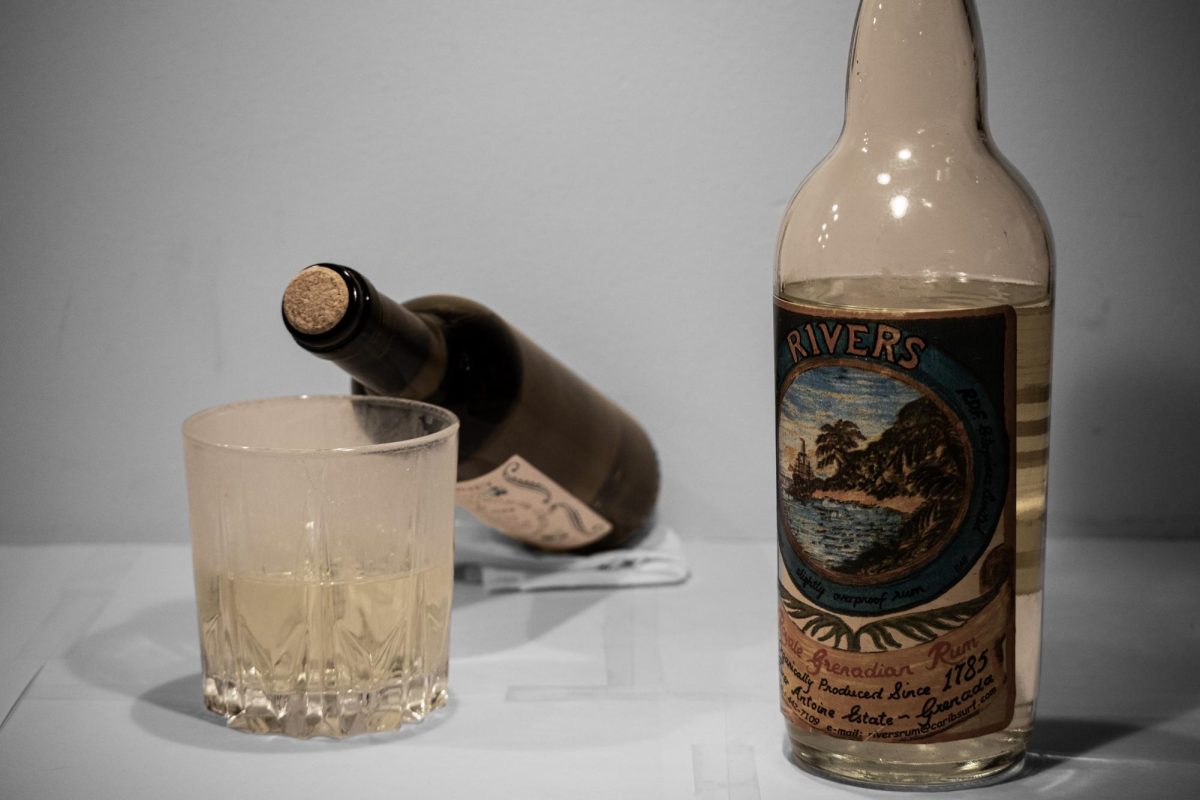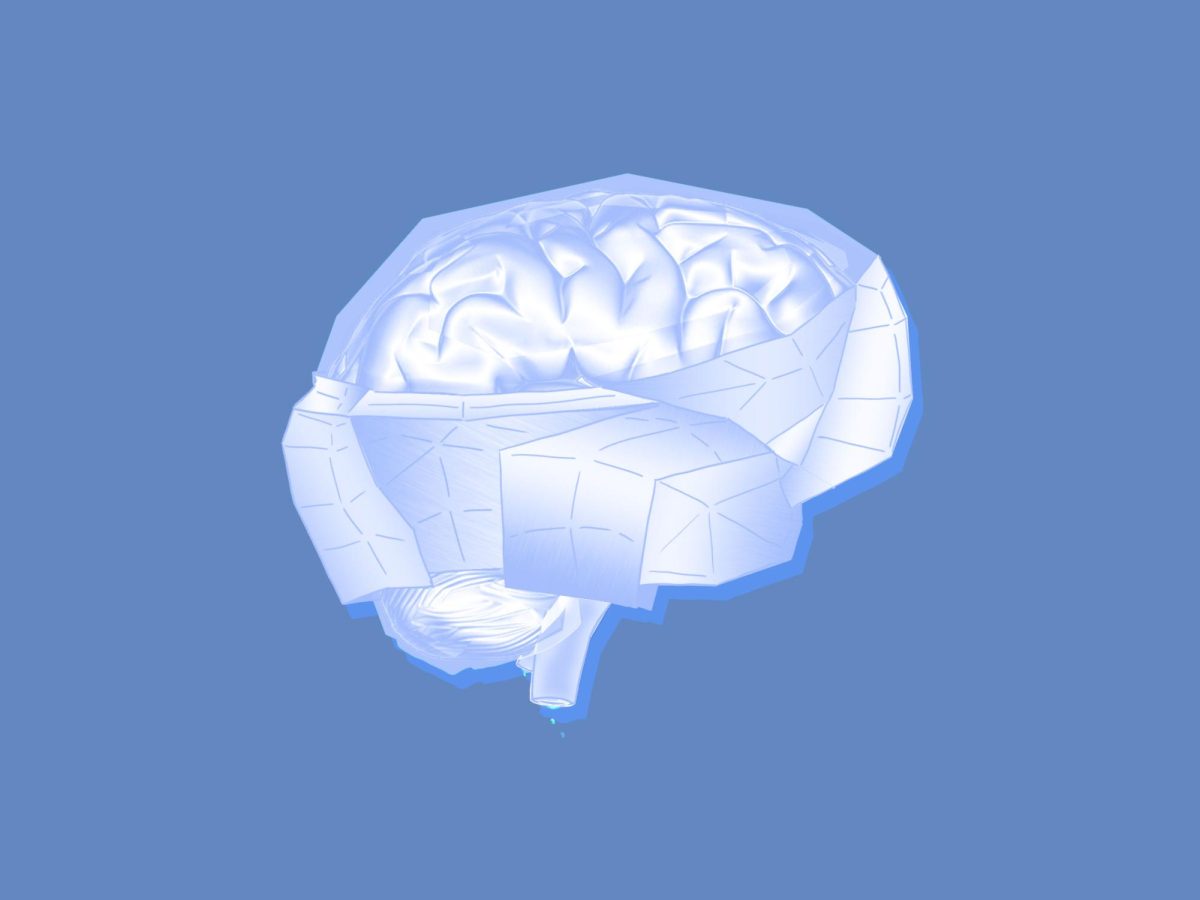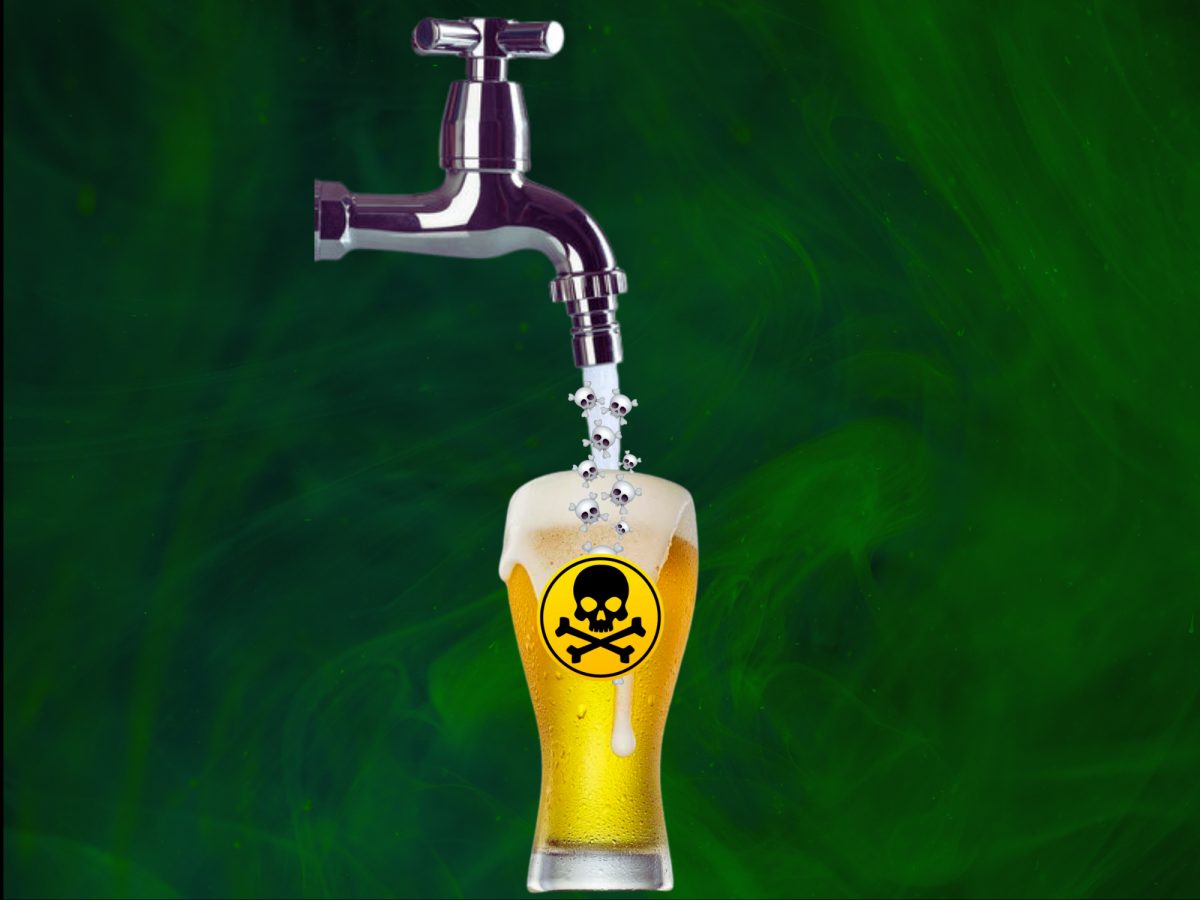In a study published in Nature, neuroscientists at Trinity College Dublin and Princeton University revealed that the brain doesn’t just react to cold—it remembers it. Remarkably, those memories can influence how the body generates heat, regulates metabolism and possibly defends against diseases like obesity and cancer.
The discovery centers on a class of brain cells called “engrams,” which store memories as networks of activated neurons.
In this case, the memory was not of a face or a place, but of being cold. Lead author Andrea Muñoz Zamora, PhD, and her colleagues trained mice to associate cold environments (4 °C) with specific visual cues.
Later, when those cues were presented at room temperature, the animals began increasing their metabolic rate, preparing to warm up as if they were cold again.
But this wasn’t just a behavioral fluke.
Using optogenetics, the researchers went a step further: they reactivated the cold-memory engrams in the hippocampus, specifically in a region called the dentate gyrus, using pulses of light.
Even in a neutral environment, this “artificial recall” triggered whole-body thermogenesis: a process where brown fat, a calorie-burning tissue, generates heat.
“The sophisticated aspects of our minds evolved from more basic, visceral, bodily representations,” said senior author Tomás Ryan, PhD.
“Understanding how these components of our brain affect our behavior in general is crucial to understanding our emotions and our use of memory.”
In another experiment, blocking the cold engrams stopped the mice from increasing their metabolism, even when they expected to be cold.
This helped confirm the team’s bold hypothesis: memory alone, when encoded in the right brain circuit, is enough to mobilize physiological defenses against cold stress.
Researchers also found that these memory-driven signals don’t stay confined to the hippocampus.
The study mapped a neural pathway from cold-memory engrams to the lateral hypothalamus, a brain region known for regulating appetite and body temperature.
From there, the signal spreads to brown adipose tissue, which ignites a thermogenic response by activating genes like Ucp1 and Cpt1a, central players in heat production and energy use.
“Numerous clinical disorders, ranging from obesity to forms of cancer, may be treated by manipulating thermoregulation through brown adipose tissue,” Aaron Douglas, PhD, co-lead author said.
“In the future, it will be important to test whether the manipulation of cold memories in humans could provide novel avenues for altering metabolism for therapeutic purposes.”
These results open new doors for using memory manipulation as a way to boost metabolism, with potential applications for treating obesity, cachexia or even certain cancers.
The idea that remembering an environment can prime your body for survival isn’t entirely new; stressful memories are known to elevate heart rate and induce freezing behavior. But this is one of the clearest demonstrations that temperature-specific memories can lead to measurable metabolic change, all without the body ever being cold.
And while the leap from mice to humans remains a big one, the future implications are exciting. Could researchers, doctors and eventually anyone, one day use visual cues or brain stimulation to activate cold memories and increase calorie burn?
Even more, could these circuits be leveraged to re-tune metabolism in people who struggle to regulate weight or respond to cold?
The future is still uncertain, but one thing is clear: the brain doesn’t just remember the past. It uses those memories to prepare for the future and, sometimes, to keep us warm along the way.








